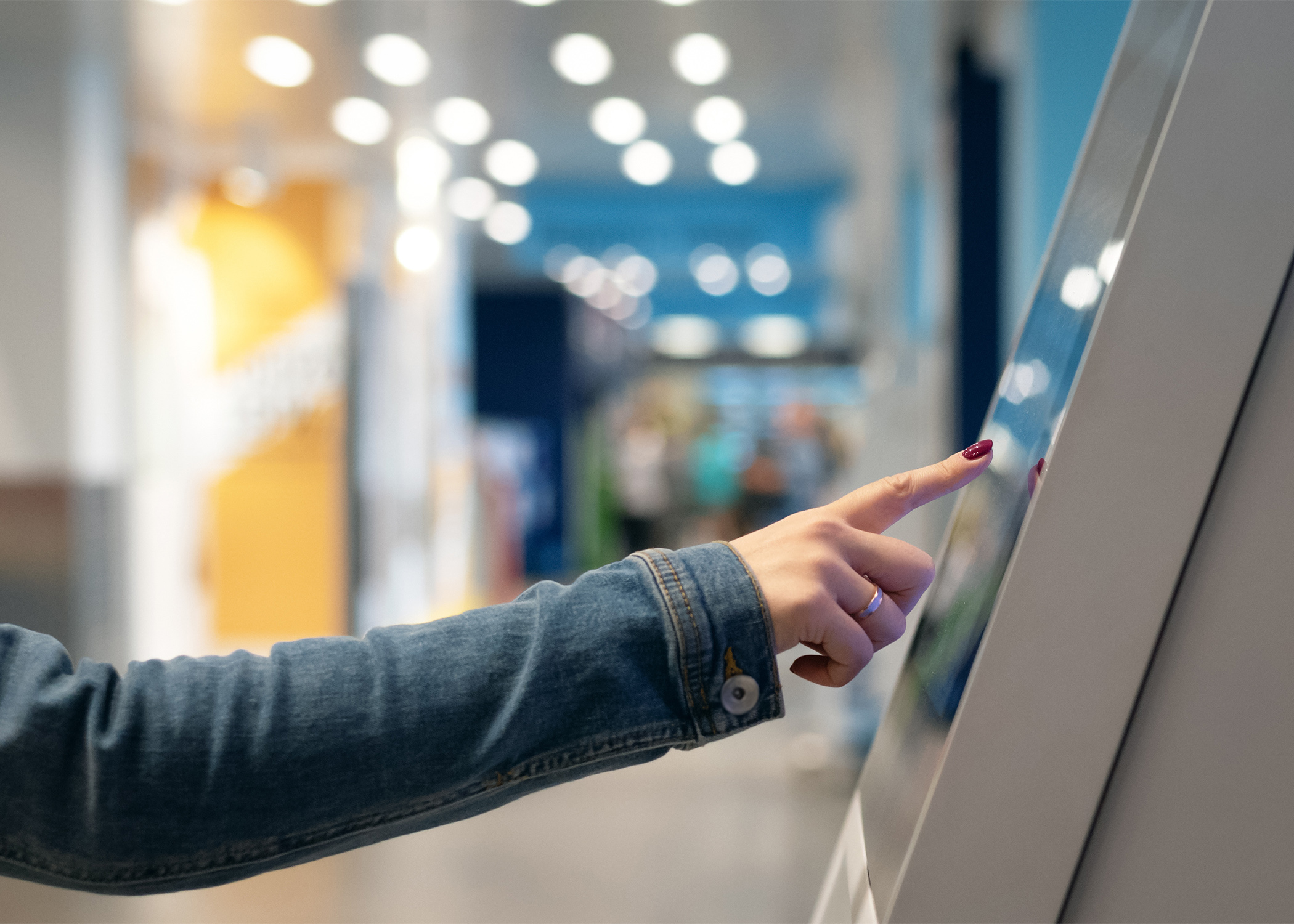In a world of changing and modernized technology, it is not enough to simply update a space. Businesses and institutions must think critically about ways they can make lasting impressions while serving their clients and consumers. Multisensory technology opens a world of possibilities for organizations to communicate their brand and values without speaking a word. What is multisensory technology and how can it help you stand out against competitors?
Visual Appeal
From lighting to color theory, a space’s visual appeal is the first thing visitors notice. When contemplating ways to upscale a space, it is important to consider implementing details such as digital signage, striking colors, and innovative lighting. Engaging architecture and digital displays help consumers understand how to interact with the space and achieve their goals easily. A fully optimized space includes cohesive branding, even down to the digital display screens.

Sound and Acoustic
Sound and acoustic design is another important element of space to consider. When sound management is cohesively integrated into the space’s design, it yields better communication and higher productivity rates. Acoustical engineering is important in design for transitioning from an open collaborative space to a personal office. Designing a space with sound in mind can unlock a sixth sense: atmosphere. When all the elements combine, it creates harmony and flow, even when the details aren’t consciously noticed.
Dynamic Touch
Interactive kiosks, product displays, and engaging furniture stimulates a sense of control that leads to higher interaction and sales. Brands have to be committed to leveraging tactile designs and understanding the role they play in the overall consumer experience. When brands use dynamic touch marketing, they provide another opportunity for connection, bringing the brand to the client. However, dynamic touch marketing still has to be done effectively. Strategizing key engagement points is necessary, otherwise you risk consumers being confused and distracted by improperly implemented furniture.

Scent Marketing
The scent of a space or brand is often one of the most overlooked elements in curation, yet it has the opportunity to be the most impactful. When consumers recall a favorite hotel or bakery, often there is a specific scent associated with it. Adding scent marketing enhances product recall by 70% and extends product recall by two weeks. Over the years, scent has proven to be a key contributor to memory. If a client has a wonderful experience, that’s a bonus!
Overall, all aspects of consumer engagement have to be considered when designing and strategizing a space. Neglecting to implement or strategize even one of these factors can result in a space that feels unfinished, improperly branded, or worse, confusing. Spaces should guide consumers to where they need to go and how to achieve their goals easily, and give them a memorable experience they’re likely to return to.
At NewGround, our experts work together to help you align brand, place, and culture, resulting in a transformative customer experience. We work alongside Groundbreakers, like you, to make sure every detail is well planned and thought out. Our multisensory offerings can help strengthen branding, curate meaningful experiences, and communicate your ideas without speaking a word.
Learn more about the work we do here.